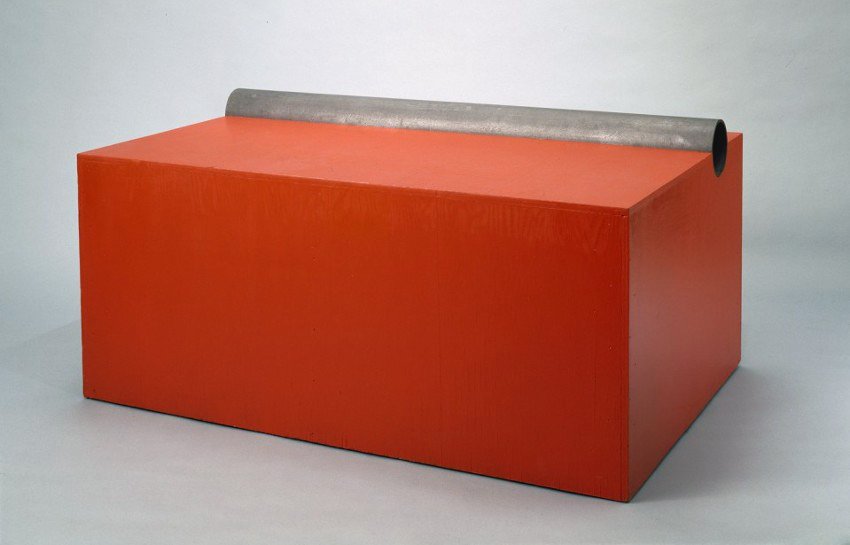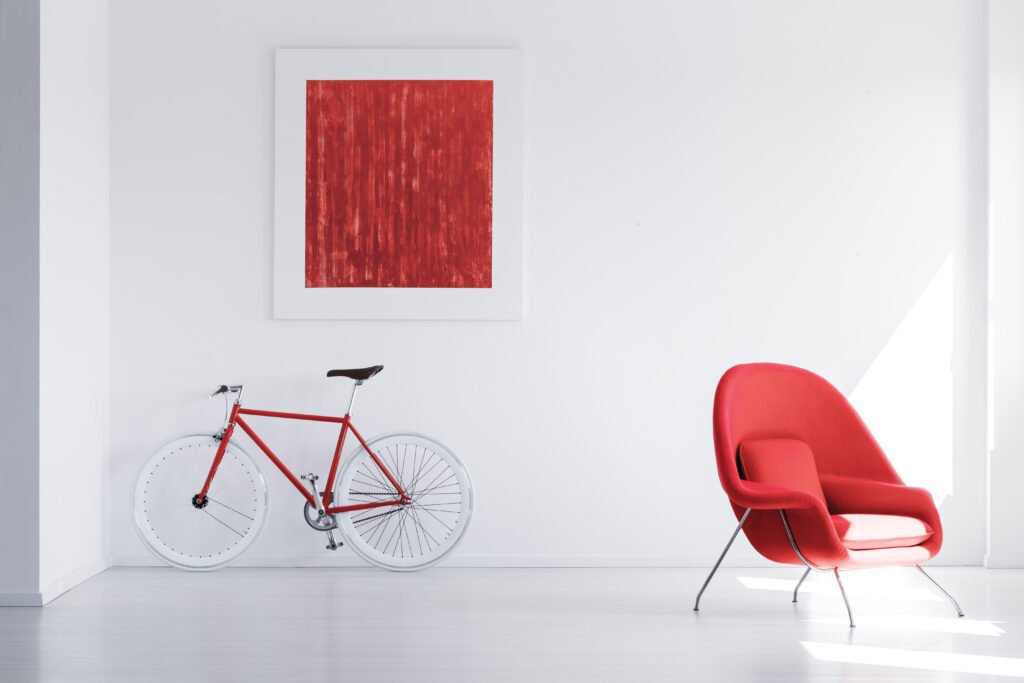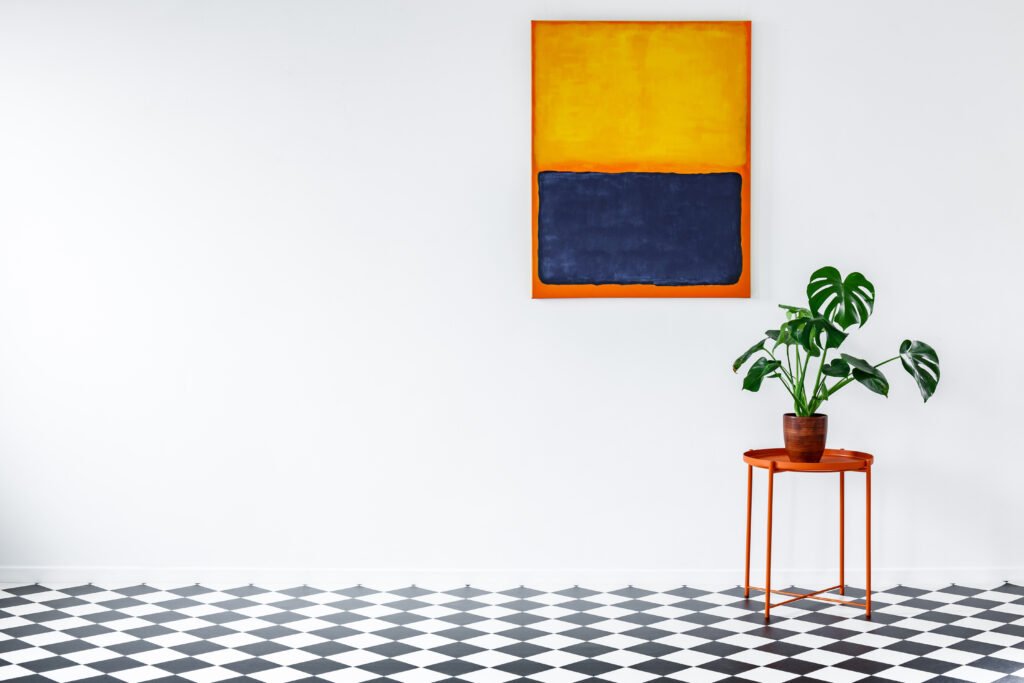Contemporary art often challenges the hurried gaze. In a world saturated with images and information, minimalism emerges as a radical gesture of restraint. It proposes visual silence, open space, and repetition as a form of resistance. Contrary to what many believe, emptiness does not imply absence, but rather a latent presence filled with intention.
Since its rise in the 1960s and 1970s, minimalism has established itself as one of the most influential movements in 20th-century art. Even today, its reverberations reach beyond visual art, extending into design, architecture, music, and digital culture.
By emphasizing simple forms, industrial materials, and repetitive structures, minimalism invites the viewer into a direct, almost meditative experience with the artwork.
The Origin of the Minimal Gesture: When Less Is More
Minimalism did not emerge in reaction to emptiness, but to excess. In postwar America, Abstract Expressionism dominated galleries with intense, emotionally charged gestures. In response, artists like Donald Judd, Frank Stella, Agnes Martin, and Dan Flavin began exploring strict forms and objective materials. They aimed to eliminate the presence of the artist as personality and give prominence to the object itself.
Donald Judd, for instance, rejected the term “sculpture” for his repetitive structures made of aluminum or steel. For him, the artwork represented nothing beyond itself. In his 1965 essay Specific Objects, Judd asserted that this new type of art was neither painting nor sculpture, but something in between. He insisted that art should occupy real space, not merely suggest it.

These ideas gained momentum thanks to critical thought at the time. Italian theorist and curator Germano Celant, who coined the term arte povera, emphasized the direct relationship between material, space, and perception. Although arte povera took a different aesthetic route, its appreciation of raw materials resonated with minimalist impulses. Both movements distanced themselves from the narratives and spectacle that had defined modern art.
Minimalism as Power: Perception, Silence, and Attention
It is a mistake to associate minimalism with coldness. The formal reduction proposed by minimalist artists does not imply emotionless art, but rather a deeper form of attention.
Agnes Martin, known for her delicate, repetitive paintings, once wrote that her work was an attempt to reach “abstract happiness,” something unrelated to the external world, but grounded in introspection.
Recent studies confirm that minimalism’s impact goes beyond aesthetics. A study conducted by the University of California, Berkeley, found that exhibitions featuring minimalist works promote greater contemplative engagement. Among viewers, compared to shows with more narrative-driven art (Art and Visual Cognition in Minimalist Installations, 2021).
This suggests that formal emptiness paradoxically leads to a denser, more subjective experience.
Moreover, in minimalism, emptiness does not signify a lack of content, but an openness to interpretation. The work does not impose a message. It proposes a field—a field where the viewer becomes active, filling the space with their presence, thoughts, and time.
As art critic Rosalind Krauss argues in Passages in Modern Sculpture (1977), minimalism displaces the artwork from the center and repositions the subject of the experience, a shift that would become central to all contemporary art.
Minimalism also had a lasting impact on architecture and design, influencing movements such as Brutalism and Japanese Modernism. Elements like straight lines, neutral palettes, and an emphasis on natural light reflect a search for visual and spatial clarity rooted in minimalist principles. Even in today’s digital art and immersive experiences, minimalism’s legacy endures—in repetition, silence, and suspension.

As contemporary art continues to expand in multiple directions, minimalism remains a solid ground, where less truly continues to be more. The power of emptiness, far from weakening art, restores it to its most essential dimension: that of provoking attention, presence, and sensitivity.



